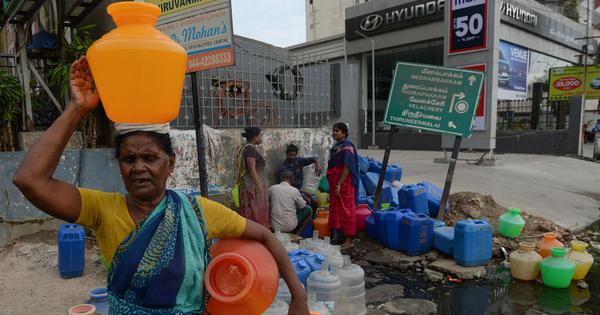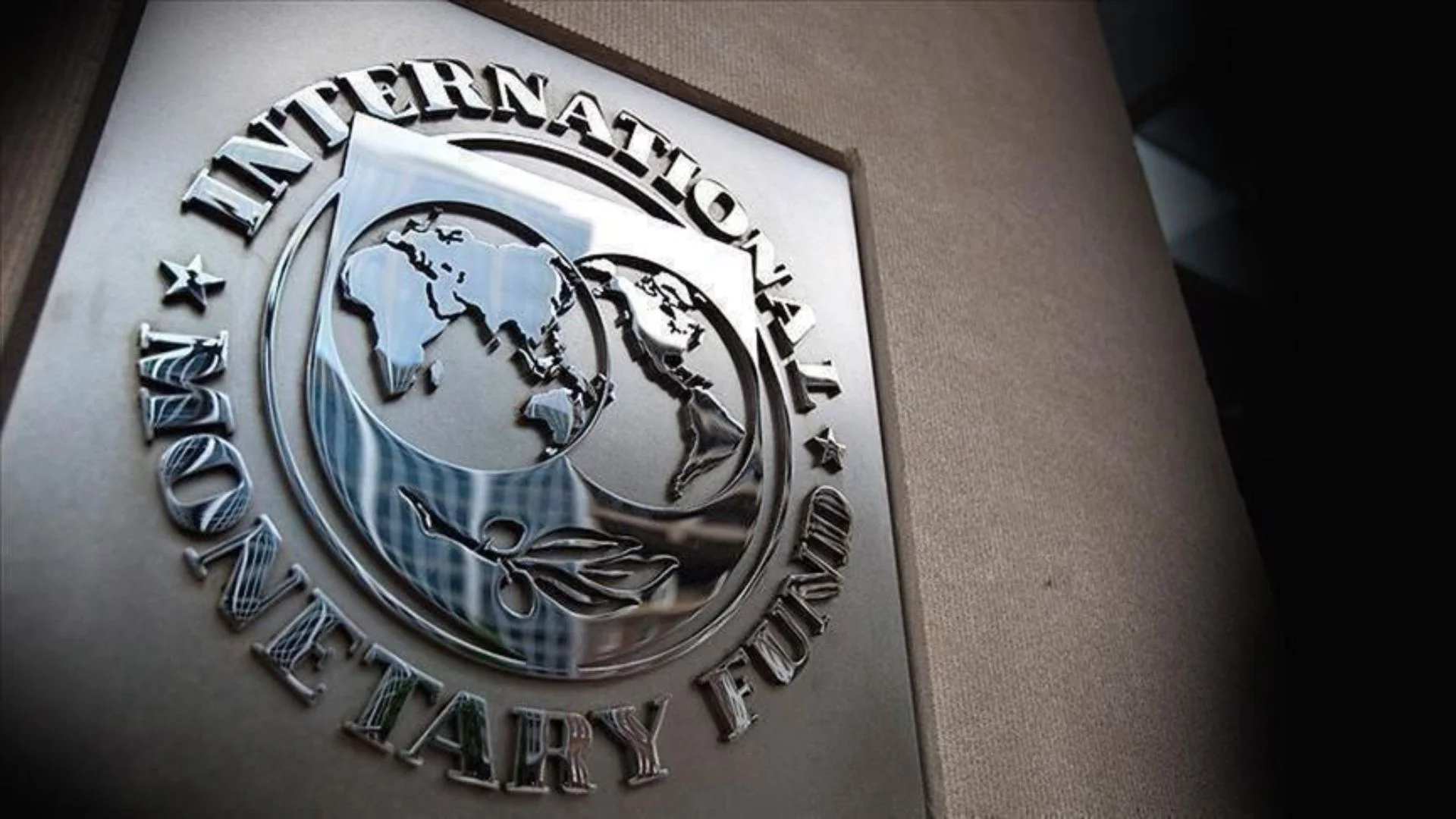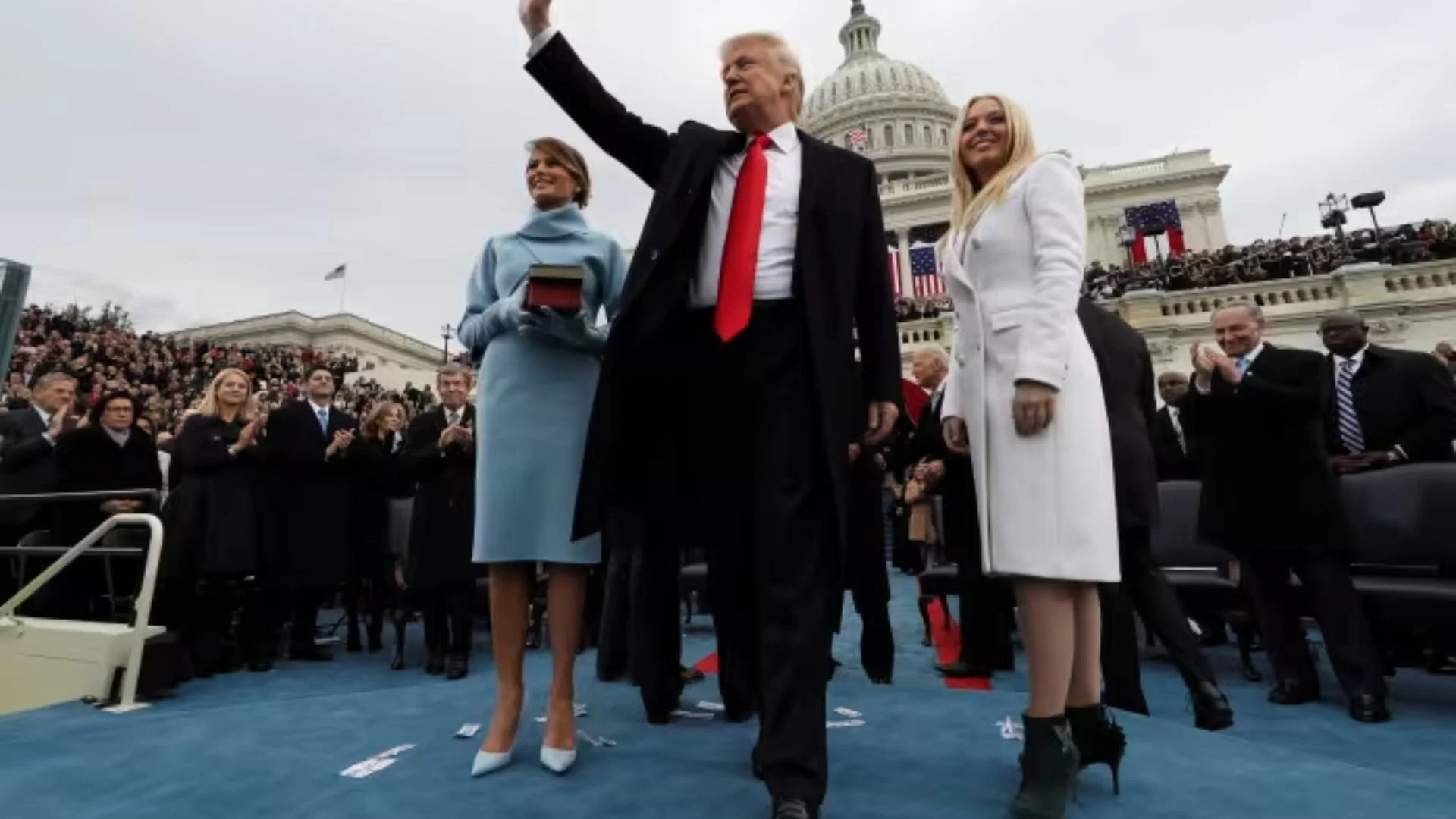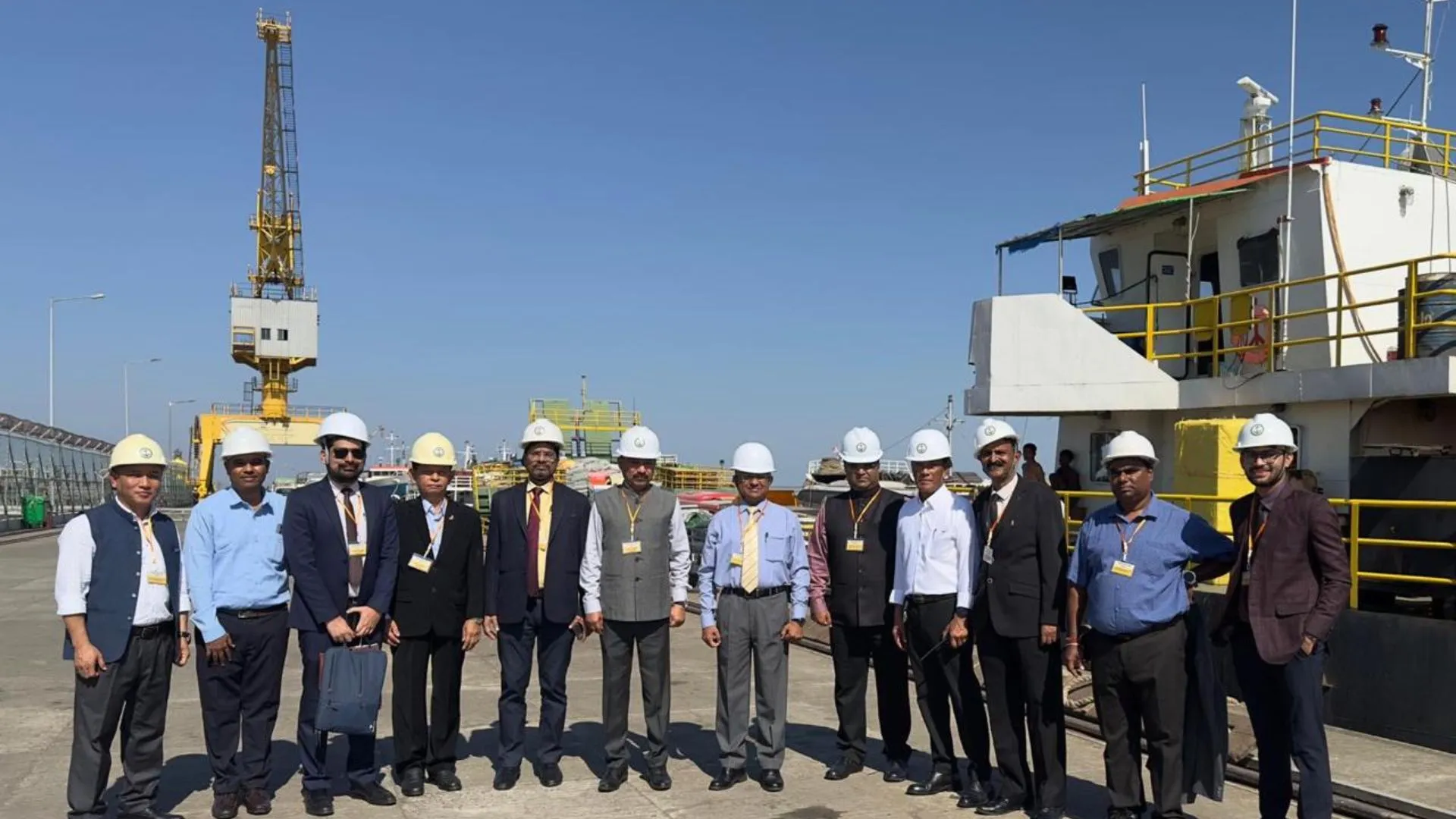A regional water crisis has ignited tensions between Marathwada and the North Maharashtra region in Maharashtra. The Godavari Marathwada Irrigation Development Corporation (GMIDC) issued an order on October 30, directing the release of 8.6 thousand million cubic feet (TMC) of water from upstream areas to the Jayakwadi dam. The directive stipulates that water from dams in Nashik and Ahmednagar in North Maharashtra should be transferred to Jayakwadi, located in Paithan taluka of Chhatrapati Sambhajinagar in the Marathwada region.
The GMIDC order responds to lower water storage in dams in Marathwada, including its primary source, Jayakwadi. With a rain deficit, the drought-prone Marathwada region is bracing for a severe water crisis.
Political leaders across party lines, along with the Marathwada Pani Parishad, a non-governmental organization, expressed disappointment over the non-implementation of the GMIDC order. NCP (Sharad Pawar faction) MLA and former minister Rajesh Tope, along with Shinde Sena former minister Arjun Khotkar, Congress MLA Kailas Goriantal, and MLA Sanjay Shirsat, held protests this week. In a letter to Chief Minister Eknath Shinde, Tope urged the immediate release of water from the Upper Godavari reservoir/dam into Jayakwadi dam.
Tope emphasized, “It is almost three weeks since the order was issued, but it remains on paper. The Marathwada region is already confronting severe water challenges. Considering the ground situation, the government should release water into Jayakwadi dam.” The Marathwada Pani Parishad stated, “The Marathwada region is already facing drought. Without water released from North Maharashtra dams, irrigation activities will come to a standstill, leading to a drinking water crisis.”
Meanwhile, local leaders and elected members representing North Maharashtra are resisting the release of water from dams in their region to Marathwada. Shinde Sena MP from Nashik Hemant Godse, BJP MLA Devyani Pharande under the banner of Gangapur Canal Pani Bachao Sangharsh Samiti argue that there is a water crisis in parts of North Maharashtra, and releasing water to Jayakwadi would dry up the upper streams/dams. A BJP leader, on condition of anonymity, said, “Jayakwadi is the biggest dam with a dead water storage capacity of 25 TMC. Even if its live water storage is over, dead stock storage will ensure people get drinking water for the entire summer.”
In North Maharashtra, there is not a single dam that could measure up to Jayakwadi’s water storage capacity, the leader argued. Marathwada BJP leader Shirish Boralkar, however, believes it is unfair to draw comparisons. “The issue related to water release is pending in court. The state government is seized with the situation and will take an appropriate decision in the matter,” he said.
Several public interest petitions from both Marathwada and North Maharashtra have landed in courts. The matter is before the Bombay High Court, with the next court hearing on water release scheduled for December 5. With activists threatening to barge inside the dam complex and release water to Jayakwadi, additional security has been deployed in dams located in Nashik and Ahmednagar districts of North Maharashtra.
Protests are likely to intensify in the coming days as the water crisis worsens with the onset of summer from February’s end. Data from the water resources department at the end of the third week of November shows water storage in 964 dams in Marathwada at 36.80 percent. In actual terms, water storage was 26,71,520 million litres against the total capacity of 72,58,830 million litres. A year ago, water in Marathwada dams was almost three times at 90.06 percent.
In North Maharashtra, comprising 571 dams, water storage at 75.61 percent is lower compared to the previous year’s 89.68 percent. However, North Maharashtra dams have much higher water storage compared to those in the Marathwada region. In actual terms, North Maharashtra, comprising five districts of Nashik, Ahmednagar, Dhule, Nandurbar, and Jalgaon, has 44,84,910 million litres of water in 571 dams. The maximum water storage capacity is 59,31,820 million litres. From the current scenario, water storage in Marathwada dams is way below that of North Maharashtra.
This is evident from the statistics recorded by the water resources department for region-wise dams. All major dams in Marathwada show lower water storage, including Jayakwadi 41.94 percent, Majalgaon 6.33 percent, Manjara 25.35 percent, Lower Terna 17.85 percent, Sina Kolegaon 0, Yeldhari 59.64 percent, Siddheshwar percent, and Lower Manar 67.33 percent.
Whereas almost all North Maharashtra dams have higher water storage, including Nilwande 94.82 percent, Mula 85 percent, Upper Tapi 100 percent, Upper Vaitarna 98 percent,

















